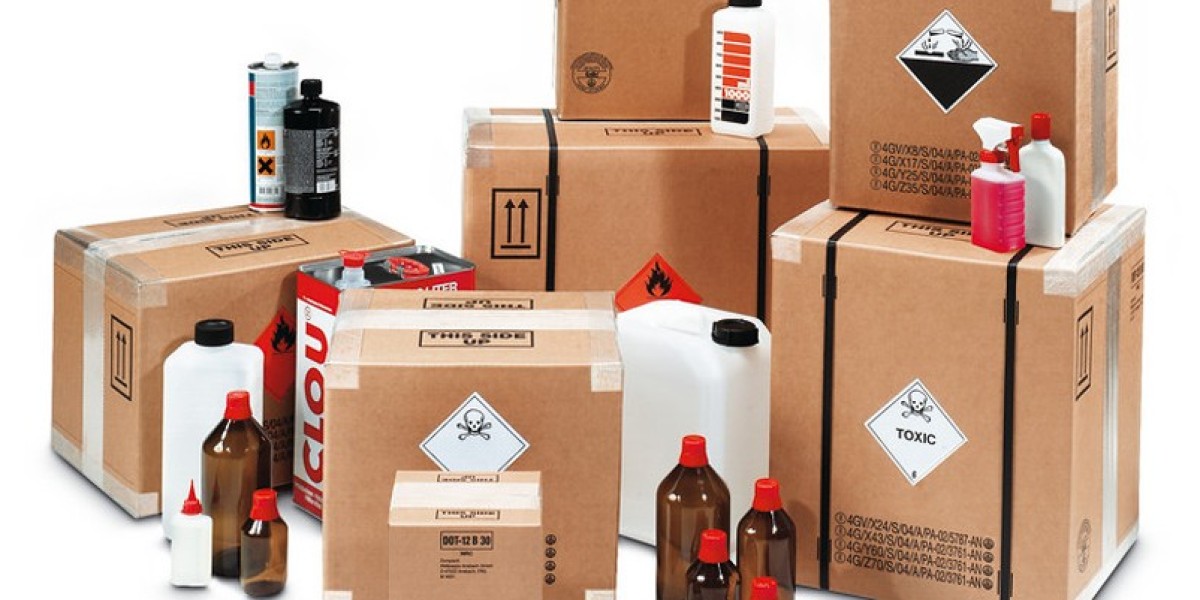In an age where sustainability and health have become focal points in the consumer world, cleaning packaging materials without the use of harmful chemicals is more pertinent than ever. Packaging, whether it’s for food, electronics, clothing, or any other product, can often carry with it residues, dirt, and other contaminants. In order to make sure that the materials you handle are safe for you, your family, and the environment. In this article, we will learn 3 effective ways to keep packaging clean of hazardous chemicals.
Why Should We Avoid Dangerous Chemicals?
Before discussing cleaning techniques, it's critical to comprehend why it's important to avoid using dangerous chemicals. Despite their potential for disinfection effectiveness, common cleaning products like bleach and ammonia come with risks:
Health Risks
Long-term exposure to these substances or unintentional absorption of them can have serious negative effects on one's health.
Environmental Impact
Because many of these chemicals are not biodegradable, they may last for an extended period in the surroundings.
Residue
These substances frequently leave behind a residue that can taint the goods included in the package.
1. Alternative Cleaning Methods
Vinegar
Because vinegar is an acidic liquid, it works very well as a cleaning agent. It can get rid of mildew, oil, and filth. A solution of equal amounts of vinegar and water will work for the majority of packaging materials.
Baking Soda
Baking soda has a slightly abrasive effect that can be used to remove dirt and spots from the packaging. It can be combined with water to create a solution that is capable of helping thoroughly clean surfaces.
Lemon
Lemon, like vinegar, is acidic. It’s excellent for cutting through grease and leaving a pleasant scent behind. It also has natural antibacterial properties.
2. Methods of Cleaning Different Packaging Materials
Plastic Packaging
First, take equal parts of vinegar and water in a spray bottle and then mix them together. Spray the solution onto the plastic packaging and wipe it down with a cloth. For stubborn stains, a paste of baking soda and water can be applied and then scrubbed gently before rinsing off.
Glass Packaging
Combine 1 cup of water, 1 cup of vinegar, and 1 tablespoon of lemon juice. Use this solution to wipe down the glass containers. It not only cleans but also leaves the glass streak-free.
Metal Packaging
Use a cloth soaked in vinegar to wipe down metal packaging. Baking soda paste can be used for areas with corrosion or tough stains. Rinse thoroughly with water afterward.
Cardboard or Paper Packaging
It's tricky to clean cardboard without causing damage as it's not water-resistant. It’s best to brush off dirt or dust using a soft-bristled brush. If the cardboard has a glossy finish, it may be gently wiped down with a slightly damp cloth.
Fabric Packaging
Fabric packaging is like cloth bags, you can soak them in a solution of water and a small amount of vinegar and then hand wash them. To stop the growth of mold, make sure they are completely dried. Aki Restaurant Packaging Supplies offers a variety of healthy food boxes that are very beneficial in terms of health.
3. Extra pieces of Advice
Drying
Always make sure that the packaging is thoroughly dry before usage, especially if it is made of materials like fabric or cardboard that may promote the growth of mold and mildew.
Storage
To stop the buildup of dust or dirt, store cleansed packing in a dry-out, clean area.
Regular Maintenance
Keeping your packaging clean and well-maintained will prolong its life and lessen the need for deep cleaning.
Test on a Small Area
Always test your organic cleaning solution on a tiny, unnoticed region to be sure it won't harm or stain the packing, especially when working with materials like colored cloth or printed cardboard.
Conclusion
The move toward a sustainable and health-conscious approach in every aspect of our lives, including cleaning, is essential for our well-being and that of the planet. Natural cleaning agents like vinegar, baking soda, and lemon offer effective, environmentally friendly, and safe alternatives to the hazardous chemicals commonly found on store shelves.
By adopting these methods, not only are we ensuring the safety of the items inside the packaging, but we’re also taking a significant step towards a healthier environment and a reduced ecological footprint. It’s a win-win situation: achieving cleanliness without compromising safety and sustainability.








